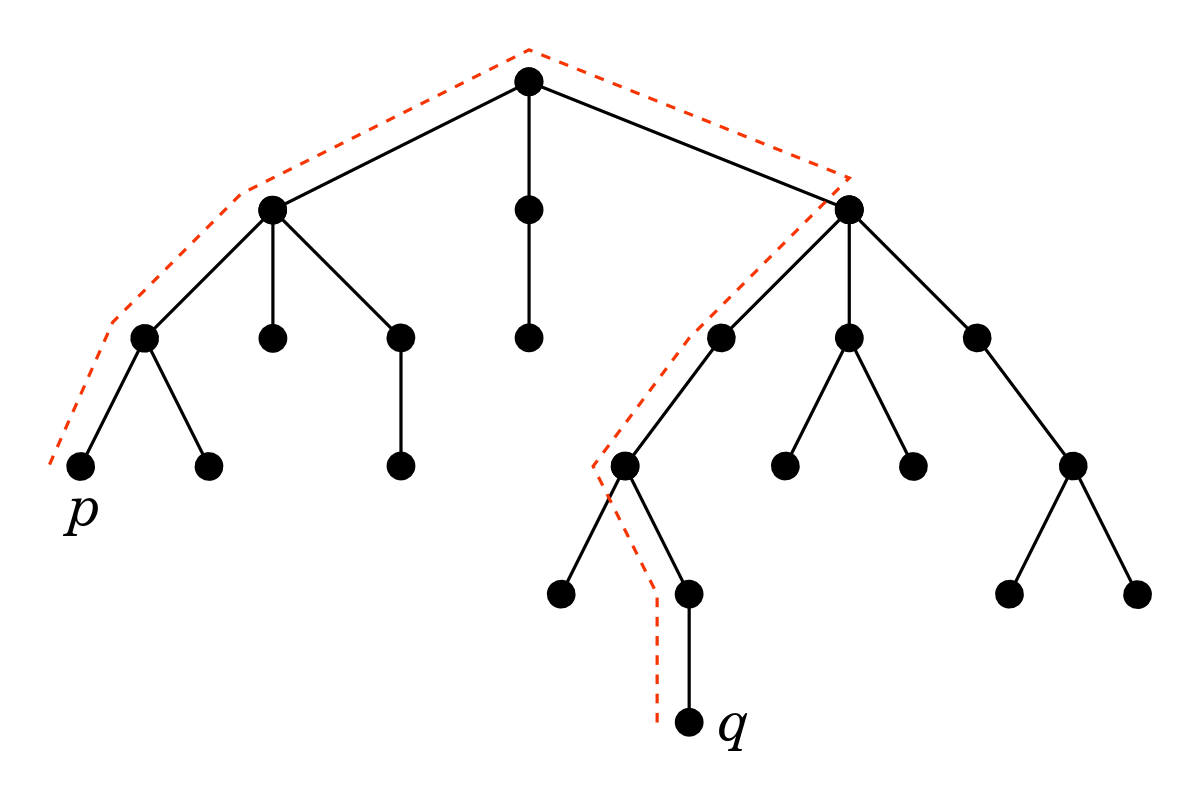After I got back from the holiday that I planned in the previous blog post, I spent the whole January playing with the algebra of graphs and trying to find interesting and useful ways of constructing graphs, focusing on writing polymorphic code that can manipulate graph expressions without turning them into concrete data structures. I’ve put together a small toolbox containing a few quirky types, which I’d like to share with you in this blog post. If you are not familiar with the algebra of graphs, please read the introductory blog post first.
Update: This series of blog posts was published as a functional pearl at the Haskell Symposium 2017.

